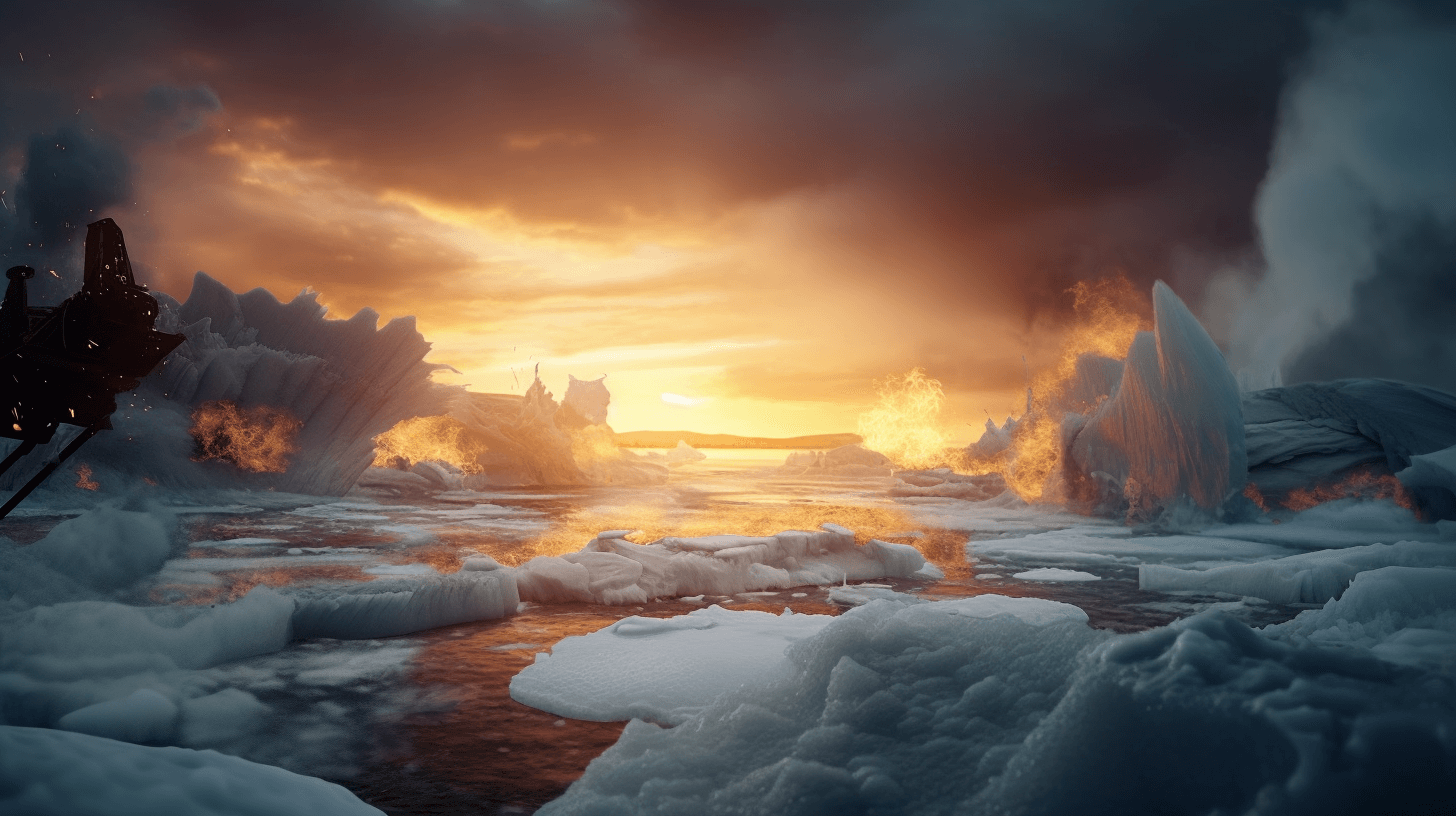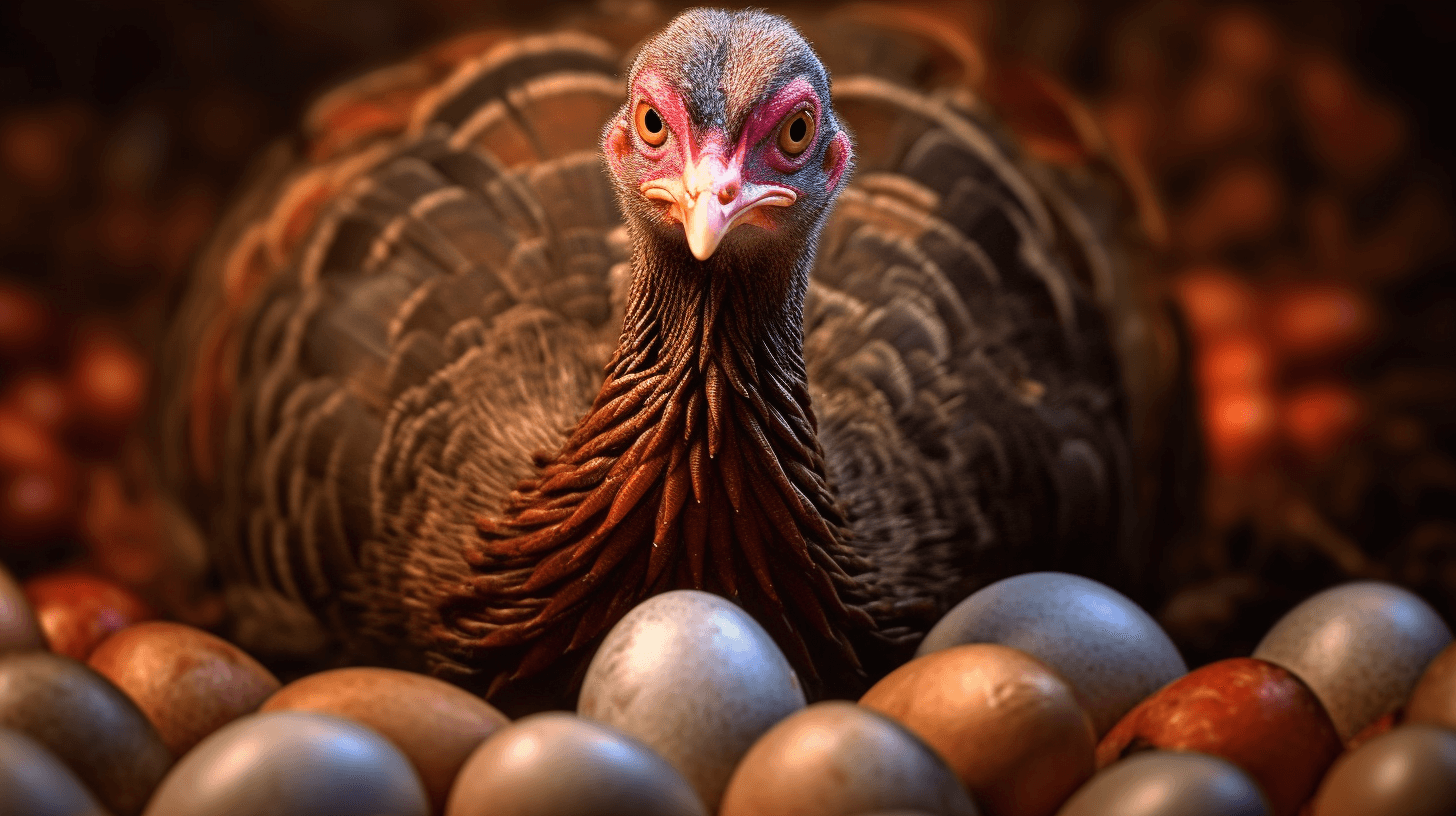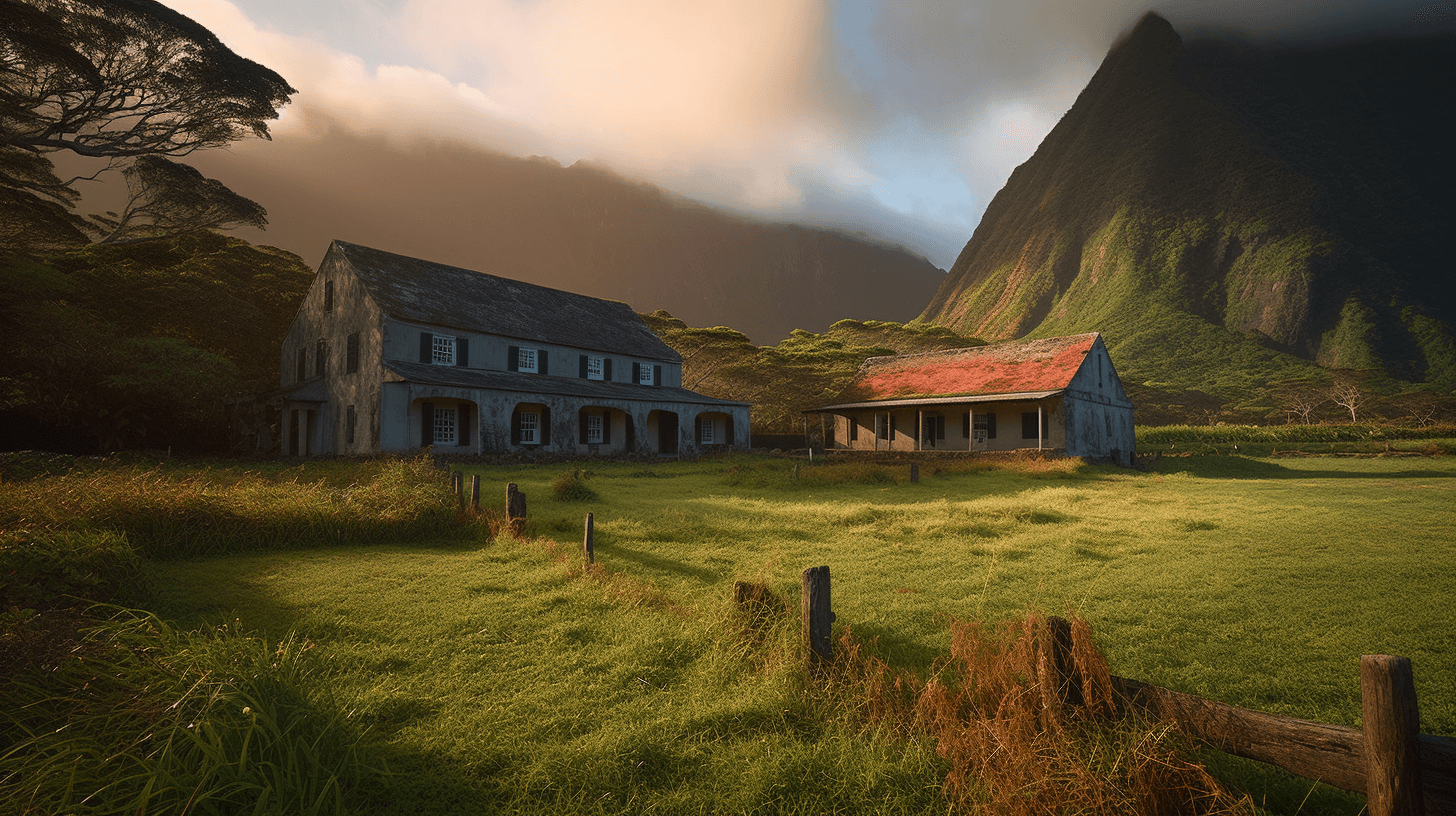🌊🌱 Mo’ Bettah Climate Solution Right Unda Da Ocean Surface
Da solution to fix da climate change mess stay right unda da ocean, braddahs and sistahs. Get plenny guys restoring da seagrass meadows fo’ help da coastal communities tackle climate change. Not only dey grab emissions but also make less da impacts. 🌎💨
Dese grasses, dey help da coastlines, stop da big kine waves, make house fo’ da fish, shellfish, and da birds migrating, clean da watah, store lidat 5 percent of da world’s carbon dioxide, and give da ocean more oxygen. Dis oxygen, in part, helps da life on Earth stay how we know ’em. 🐠🐦🌿
Dis awesome machines, no need plug ’em in. Dey from Mother Nature herself, from long time ago. Dese seagrasses. Dey stick to da shorelines of every continent ‘cept Antarctica. Dese guys, dey plants, not algae, dey sprout, flower, fruit, and go to seed, one of da most powahful but no get enough credit climate solutions we get on da planet.
Get guys all ovah da world, scientists, NGOs, and volunteers, dey all working fo’ restore seagrass meadows. Not maybe to da original state, but mo’ bettah and big kine than da muddied bottoms when dey get damaged or gone. In places like Virginia, parts of Britain and Western Australia, get dedicated researchers and local folks bringing back seagrass meadows. With da meadows come clean watah, steady shores, and animals dat used to be dea. But still, da seagrass no get da recognition dey deserve. 🌎👩🔬🌱
No can tell exactly how much seagrass we wen’ lose, cuz da scientists don’t know how much we had to begin with. Only ’bout 16 percent of global coastal ecosystems stay intact, and seagrasses dey one of da hardest hit. They thinking one third of da world’s seagrass wen’ disappear in da last few decades. According to Matthew Long, one marine scientist from Woods Hole Oceanographic Institution, “Globally, a soccer field of seagrass is lost every 30 minutes, and we lose about 5 to 10 percent at an accelerated rate every single year.” ⚽️⏱️🌱
Da seagrasses, dey get hurt by global stressors like less oxygen, ocean acidification and warming temperatures. But also, da local stressors play a role, mostly from nutrient pollution, mainly from farming runoff and wastewater, and den get algal blooms and die-offs. First, dey choke out oddah plants like seagrass and then, as they decompose, dey take up all da oxygen in da watah. 😱💦
Da impacts of climate change and growing human activities have increased seagrass loss in da last few decades. But dis ain’t a new story, braddahs and sistahs. On da Eastern Shore of Virginia, one bad storm in August 1933 dat followed a disease and overharvesting of bay scallops, wen’ wipe out what stay left of once big kine eelgrass meadows. For decades, no mo’ eelgrass on da ocean side of da shore, said Bo Lusk, one scientist with da Nature Conservancy’s Volgenau Virginia Coast Reserve. Some stay on da part of da coast where da Chesapeake Bay is. 🌪️🦪
Dr. Lusk, who grew up dea, he remembah stories from his tutu of lush green carpets of eelgrass from wen da shores teem with life — till dey no mo’. But den, in 1997, someone wen’ spot some patches of eelgrass on da ocean side of da shore. Probably came from seeds dat wen’ drift south from Maryland and settled in one good place in Virginia.
After couple years of experiments, Robert J. Orth, one scientist at da Virginia Institute of Marine Science, came up with one successful method of restoring seagrass, kind of like da ways used all ovah da world. In da spring, scientists and hundreds of volunteers collect seeds, count and process ’em during summer and plant ’em in da sediment in da fall. 🌱👨🔬
Since 2003, when da restoration effort in the Volgenau Virginia Coast Reserve began, scientists and oddahs have planted around 600 acres of seeds, and now seagrass covers 10,000 acres. Dis year, da Nature Conservancy hoping fo’ sell da first validated blue carbon credits fo’ seagrass, based on dis restoration effort. However, da success of the Virginia project been kinda hard fo’ replicate around da world. “You can’t do this just anywhere,” Dr. Lusk said. If da Nature Conservancy hadn’t started protecting land 50 years ago, buying up parts of da coast to keep ’em safe, chances are we wouldn’t have da water quality we get now, and dis wouldn’t have been so successful.
Restoring seagrass, going take decades of commitment. But, braddahs and sistahs, it’s all worth it, no mattah if it’s on da Virginia coast, da rocky shores of Wales, or the sweeping, endless bays of Western Australia. As Dr. Lusk put ’em, “There are so many logical reasons we should do this… It just feels right to be out there.” 🏞️💪🌊🌱
NOW IN ENGLISH
🌊🌱 Oceanic Underdogs: The Seagrass Warriors Fighting Climate Change
A potent solution to climate change lurks just beneath the ocean’s surface. Enthusiastic champions of coastal communities are investing their efforts in reviving seagrass meadows. This green initiative is doing double duty by both curbing emissions and mitigating their impacts. 🌎💨
These robust green patches serve multiple purposes. They fortify coastlines against aggressive waves, provide habitats for fish, shellfish, and migrating birds, cleanse water bodies, absorb about 5 percent of the world’s carbon dioxide, and pump much-needed oxygen into the ocean. This process significantly contributes to sustaining life on Earth as we know it. 🐠🐦🌿
These natural powerhouses are not high-tech innovations but are a legacy of Mother Nature’s earliest botanical designs: seagrasses. Thriving along the shorelines of every continent except Antarctica, these plants (not algae) that sprout, flower, fruit, and produce seeds are among the most powerful and yet, unrecognized climate solutions available to us.
People from all corners of the globe, including scientists, non-governmental organizations (NGOs), and volunteers, are working diligently to restore these seagrass meadows. The end goal is not just to return them to their original state but to transform them into something far more splendid and grand than the barren, muddy remains left after destruction or damage. In places like Virginia, parts of Britain, and Western Australia, diligent researchers and engaged citizens are seeing the comeback of these meadows. This regeneration is bringing clearer waters, stabilized shores, and a resurgence of the wildlife that once thrived there. However, seagrass’s role in this transformation remains largely unsung. 🌎👩🔬🌱
Determining the extent of seagrass loss is a challenge because scientists are unsure of the initial abundance. Only about 16 percent of global coastal ecosystems remain intact today, with seagrasses being one of the most severely affected. Estimates suggest that a third of the world’s seagrass has vanished over the past few decades. As per Matthew Long, a marine scientist from the Woods Hole Oceanographic Institution, “Globally, an area of seagrass equivalent to a soccer field is lost every 30 minutes, and we lose about 5 to 10 percent more at an accelerated rate every single year.” ⚽️⏱️🌱
Seagrasses suffer from global stressors such as deoxygenation, ocean acidification, and rising temperatures. Local stressors also play their part, primarily nutrient pollution originating from agricultural runoff and wastewater. This pollution results in algal blooms and subsequent die-offs that first outcompete other plants like seagrass (a process called eutrophication), then as they decompose, deplete the water of its oxygen content (hypoxia). 😱💦
The impacts of climate change and expanding human activities have escalated seagrass loss over the past few decades. But this isn’t a new narrative. On the Eastern Shore of Virginia, a potent storm in August 1933, coupled with a disease outbreak and overharvesting of bay scallops, obliterated what remained of once lush eelgrass meadows. For decades, no eelgrass grew on the ocean side of the shore, according to Bo Lusk, a scientist with the Nature Conservancy’s Volgenau Virginia Coast Reserve. Some remnants managed to survive on the parts of the coast fringed by the Chesapeake Bay.
Dr. Lusk grew up hearing tales of luxuriant carpets of eelgrass from his grandmother. She recalled how the shores were bustling with life – until suddenly they weren’t. In 1997, someone reported sighting some patches of eelgrass on the shore’s ocean side, likely seeded by drifters that found their way south from Maryland and found favorable conditions in Virginia. 🌱👀
After several years of experiments, Robert J. Orth, a scientist at the Virginia Institute of Marine Science, devised a successful method of restoring seagrass, akin to strategies used globally. In spring, scientists and hundreds of volunteers collect seeds, count and process them over summer, and plant them into the sediment come fall.
Since 2003, when the restoration effort in the Volgenau Virginia Coast Reserve commenced, around 600 acres of seeds have been planted. Seagrass now blankets an impressive 10,000 acres. This year, the Nature Conservancy is poised to sell the first validated blue carbon credits for seagrass, an initiative hinged on this restoration effort.
The Virginia project’s success has been challenging to replicate worldwide. “You can’t do this just anywhere,” Dr. Lusk asserted. If the Nature Conservancy hadn’t initiated this land protection work 50 years ago, securing parts of the coast for conservation, the water quality wouldn’t be as good, and the success we’ve seen might not have been possible.
Restoring seagrass requires decades of commitment. This initiative, however, is certainly worthwhile, whether it’s in the winding waterways of the Virginia coast, the rocky shores of Wales, or the sweeping, infinite bays of Western Australia. Dr. Lusk emphasized, “There are so many logical reasons we should do this… It just feels right to be out there.” 🏞️💪🌊🌱







